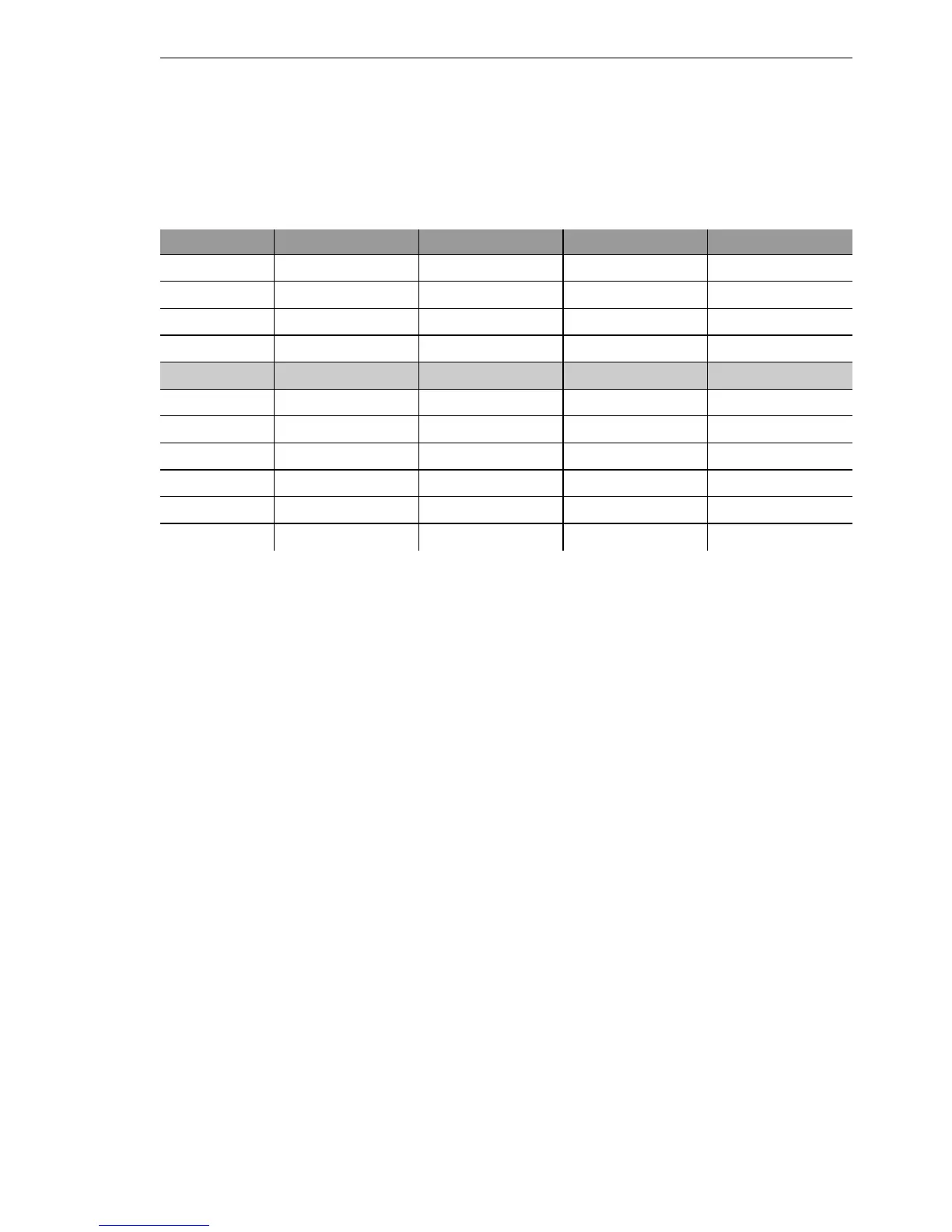Wireless LAN – WLAN
BAT54-Rail/F..
Release
7.54
06/08
3.8
Establishing outdoor wireless networks
115
V The calculation of the power over the path begins at the transmitters's ra-
dio module. The radio module in the BAT access points in 802.11a mode
emits the following power levels depending on the channel used and the
data transmission rate:
To achieve a data transmission rate of 24 Mbps the radio module emits a
power of 17 dBm.
Note: The data transmission rate is set according to the reception power. A
WLAN module has an input sensitivity equivalent to a power level of, for
example, -80dBm. If the received power falls below this level, then a lower
data rate can be switched in that corresponds with an improved sensitivity
with a lower level of power.
V Outdoor wireless connections are usually realised with external antennae
and extension cables together with lightning protection for safety. The
power loss from the cable is approx. 1 dB per metre. A cable 4 m long thus
reduces power by 4 dB, the lightning protection and the various plug con-
nections also lead to the loss of a further 1 dB. Thus the power of the ex-
ternal antenna is:
17 dBm - 4 dB - 1 db = 12 dBm.
V The power received by the antenna is then amplified. An AirLancer Ex-
tender O-18a (with an emitting angle of 18°) supplies an antenna gain of
18 dBm. The total power output from the antenna is thus:
12 dBm + 18 dBm = 30 dBm.
Note: This power emission must be within the legal limits of the country
where the antenna is in operation!
Mbps 5.150 - 5.250 GHz 5.250 -5.350 GHz 5.470 -5.725 GHz 5.725 -5.850 GHz
6
17 17 17 17
9
17 17 17 17
12
17 17 17 17
18
17 17 17 17
24
17 17 17 17
36
14 14 14 14
48
13 13 13 13
54
12 12 12 12
72 (Turbo)
14 14 14 14
96 (Turbo)
13 13 13 13
108 (Turbo)
12 12 12 12

